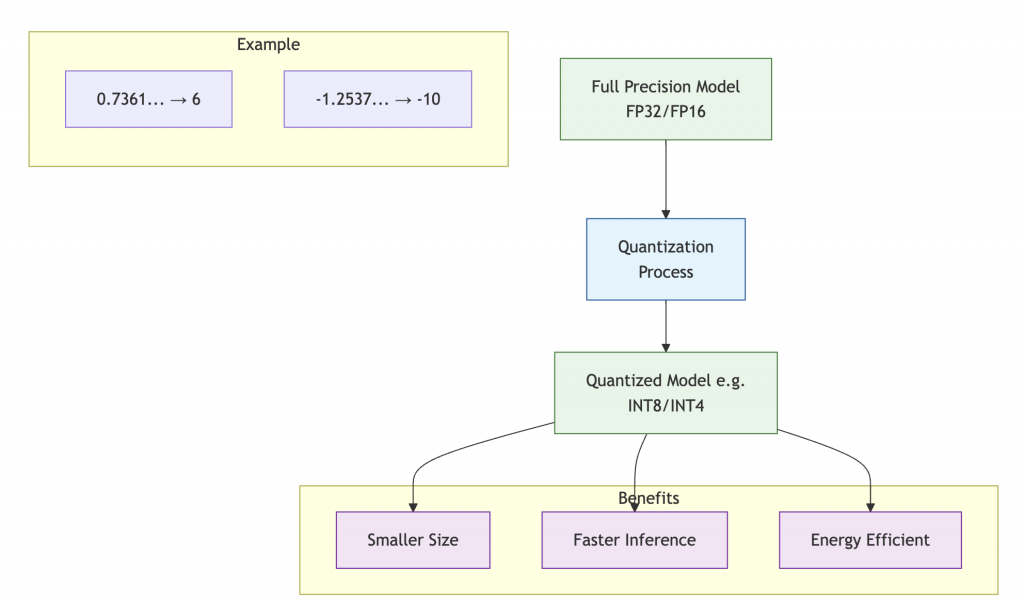Optimizing Spike-driven Vision Transformers for Efficient Edge AI Deployment
Student: Achyuta Muthuvelan
Supervisor: Muhammad Shafique
This project investigates pruning strategies to optimize Spike-driven Vision Transformers (SViTs), a new class of brain-inspired neural networks that offer high accuracy and low energy consumption, ideal for edge AI systems. Despite their efficiency, SViTs face limitations due to large memory requirements and computational costs. The research focuses on evaluating different pruning settings to identify which layers can be reduced without significantly affecting model performance. Through detailed experiments measuring memory usage, latency, and power consumption, the student will develop a structured pruning methodology that significantly compresses SViTs while maintaining high accuracy. The work will be compared against existing pruning techniques, contributing to the development of scalable, efficient solutions for next-generation AI applications.

Mixed-Precision Mixed-Number Format Quantization
Student: Ashir Rashid
Supervisor: Muhammad Shafique
The project focuses on exploring a novel dimension of quantization: mixed number formats. Mixed-precision quantization proved revolutionary for effectively reducing the compute required for a machine learning model without significant loss in accuracy. This project builds on this mechanism to search for more optimal quantization configurations by adding another dimension for custom quantization.

Abu Dhabi’s Public Spaces
Student: Sara Alawadhi
Supervisor: Laure Assaf, Samuel Mark Anderson, Piia Mustamaki
In this research project, the student will be working with the Abu Dhabi Public Spaces Project, a part of the Anthropocene: Urbanism, the Environment, and Sustainability Research Kitchen. This project explores how public spaces in Abu Dhabi are experienced, used, and reshaped by residents in the context of rapid urbanization and climate change. While Abu Dhabi’s development since the 1960s has often been characterized as top-down and oil-driven, this project investigates how city-dwellers creatively appropriate and reinvent the built environment, diverting planned structures toward unexpected uses and meanings. The project pays particular attention to how environmental and social factors such as nationality, race, class, gender, and climate shape access to and experiences of these spaces. While the methods used are primarily ethnographic, the project embraces multiple disciplines and modes of practice—creative writing, photography, film, drawing, mapping, soundscapes, etc.—as it experiments with ways to collect and share these sensory experiences. Through these methods, student researchers from diverse academic and cultural backgrounds assist in conducting fieldwork and documenting the everyday life of the city’s public spaces and its occupants. They produce their own findings by observing and interacting with these spaces both publicly and privately.
